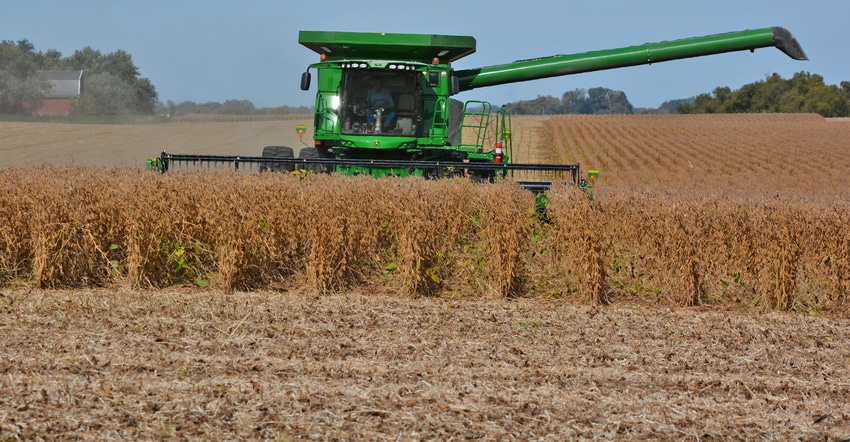January 25, 2019

We all have stories or information we like share. Recently, I had two opportunities to facilitate that sharing.
The first was with the Minnesota Agriculture and Rural Leadership (MARL) program, a two-year commitment to attend 10 seminars held in-state, in Washington, D.C., and in a yet-to-be-announced foreign country. Class X is in session through March 2020, and members are busy learning about Minnesota’s economic drivers and regional cultures. They also are participating in personal and professional development exercises, one of which focuses on communicating via the media. This is where I came in and offered some insight — and assigned homework.
At its Marshall meeting, I shared information on how to prepare for an interview and work with a reporter. I also talked about how to craft a “letter to the editor” for a print publication. Class members knew to be attentive to the latter because they had a pending assignment: to write a letter on any topic, and then email it to me for review.
All 30 class members sent me letters, and you will read some of them in future posts. I know writing is a challenge for many folks, and I commend all who give it a go. Writing a thoughtful letter or response takes effort and offers a more rational way of communicating, compared to a tweet or Facebook reply.
Have you ever considered sending a letter to The Farmer or your local newspaper? I welcome submissions and offer these basic guidelines:
• A letter to the editor can urge the reader to act. It may offer comments on topics previously reported. Or, it may wish to draw attention to, or compliment, something or someone in the community.
• You are the expert as author of your letter. Write about what you know in clear, concise language. Keep your letter to a few key points.
• Proofread your letter to correct spelling and grammar errors. Read your letter out loud. That may help you with flow and sentence structure.
• Offer a “call to action” at the end, if that is your letter’s intent.
• Conclude with your contact information: name, town, phone number and email address.
• Try to keep your letter around 350 to 400 words, max.
Sifting through science data
The second opportunity for me to share about communicating was at the second annual Speaking Science conference, hosted by the University of Minnesota’s Institute on the Environment. Dozens of journalists and communicators volunteered to participate. Our job was to listen to attendees — faculty, and postdoctoral and grad students — as they pitched their research, and then offer feedback on how to more clearly frame future presentations to media.
We were divided into small groups consisting of one journalist per two science attendees, with about 20 minutes per group. I listened to pitches ranging from the importance of insects as pollinators to developing consumer software to better access renewable energy programs.
When you are the expert as well as a scientist, it is natural to delve into details and use acronyms. In my feedback to those in my groups, sometimes I referred to the basics I offered the MARL class members: Boil it down to two or three key points. Keep it simple. Keep it short. Specific to science inquiry, I suggested referring to the project’s hypothesis as one way to get back to the basic premise. What prompted the study, what is being tested and/or why is it being tested?
My group time with attendees was brief and intense as we moved around the room to hear pitches. I enjoyed learning about their research, asking questions and helping them hone future presentations. I commend them for making the time to learn about how to improve communication. It is one of those soft skills that all of us can continue to work on, myself included.
You May Also Like




